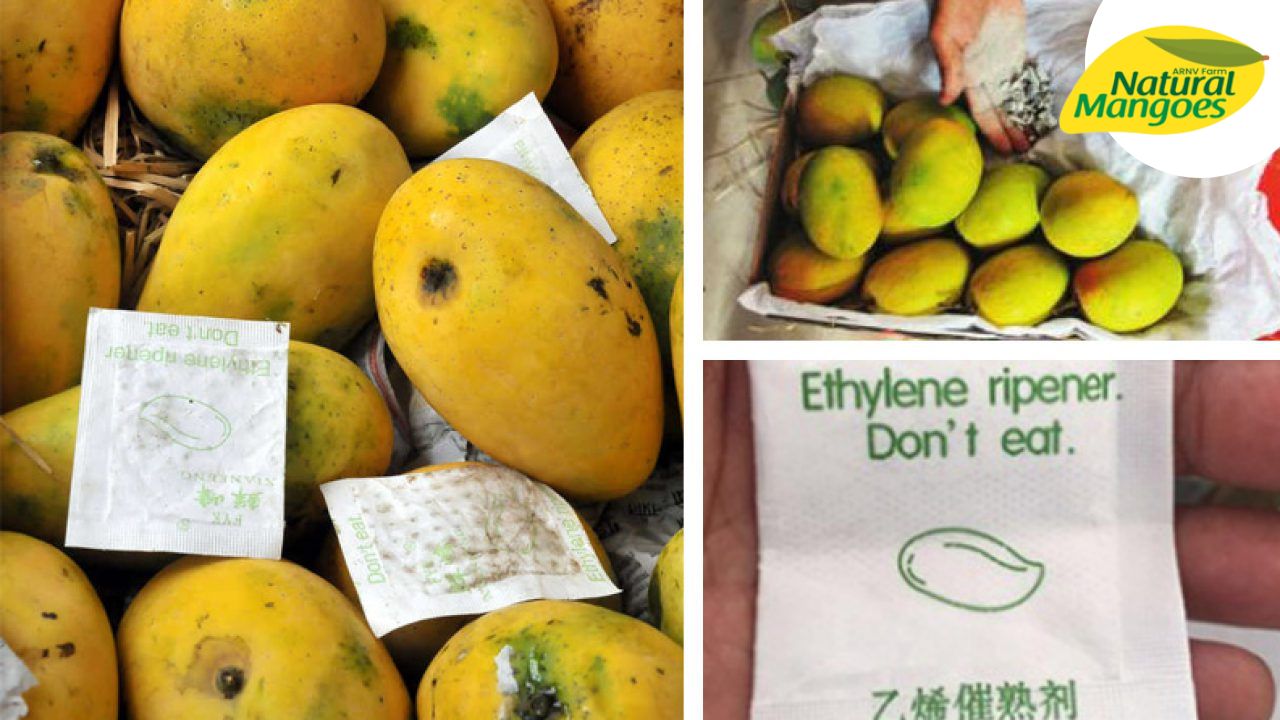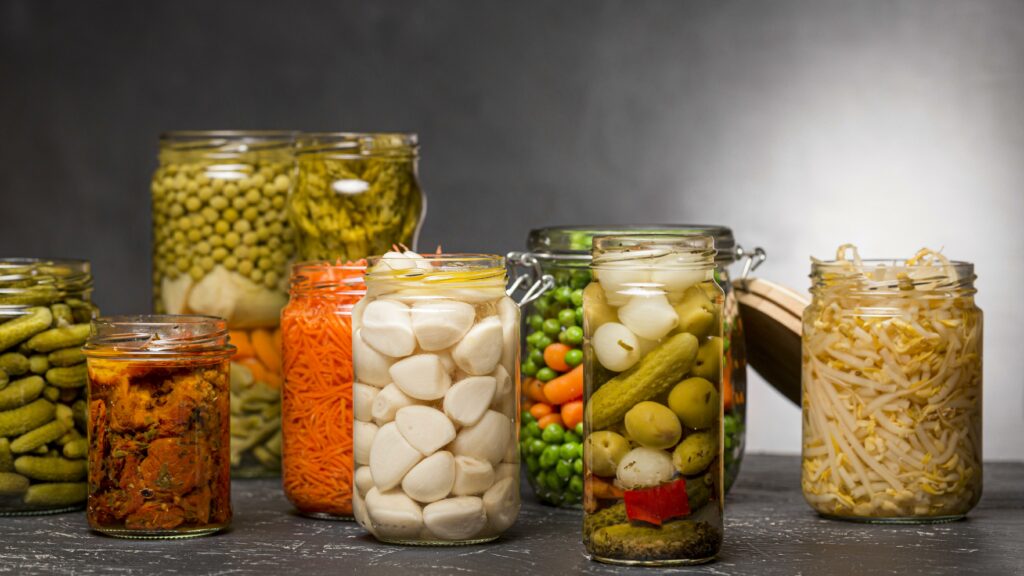Food Preservatives
Subject: Science

Overview
Food preservatives are chemicals used to prevent food spoilage and maintain nutrients in various food products. There are two classes of preservatives: first-class preservatives, which derive from natural sources, and second-class preservatives, which do so through chemical synthesis. Food preservation methods include drying, refrigerating, and combining with salt and sugar solutions. Natural food preservatives come from organic matter and can be found in plants, animals, fungi, and algae. Artificial ripening agents, such as calcium carbide, are used to induce fruit ripening, but excessive use can cause health problems. It is important to use natural preservatives and limit their usage to avoid harming the environment and human health.
Food decays because bacteria, yeast, mold, and other microorganisms develop on it. Thus, the term "food preservative" refers to chemicals that keep food from spoiling. They are used to stop food from spoiling for an extended period of time, including grains, legumes, fruits, vegetables, and animal goods, including meat and dairy products. These food preservatives inhibit the growth of mold, yeast, and bacteria in food products.
There are two classes of preservatives. They are:
- First-class Preservatives:
They come from natural sources and can be included in meals in the appropriate proportions. First-class preservatives include things like sugar, salt, vinegar, honey, spices, edible oils, and so forth.
- Second-class Preservatives:
They can only be utilized in a specific or restricted amount and are produced by the chemical derivation of chemicals. For instance, sulphur dioxide, potassium or sodium nitrate, benzoic acid and its salts, etc. No food should include more than one kind of second-class preservative.
Methods of Food Preservation
Food products are preserved using a variety of conventional and contemporary techniques, such as drying, refrigerating, combining with a salt and sugar solution, etc. Likewise, several chemicals are used to hasten the ripening of the fruits. These chemicals, which are present in food, seriously harm both the environment and human health. It is advisable that we use them with gloves and masks on. Likewise, after using our hands, we ought to wash them with soap and water. We should try to use as many natural preservatives in place of them as feasible and limit our usage of them.
Food preservatives are used to stop food from spoiling and to maintain the nutrients in fruits, vegetables, dairy products, curd, meat, and seafood. There are three different kinds of food preservatives: natural food preservatives, artificial food preservatives, and fruit-ripening-promoting preservatives.
- Chemical Food Preservatives

Salt and oil are the chemicals that control the growth of microscopic germs and organisms. As well, chemicals like sodium benzoate sorbate, sulfur dioxide, nitrates and nitrites, butylated hydroxyanisole (BHA), butylated hydroxytoluene (BHT), calciulm propionate, and sodium metabisulfite are used to keep food fresh.
- Natural Food Preservatives
Food materials are being used continuously and within a short interval of time in our daily lives. Natural food preservatives come from organic matter and they prevent food materials from decaying. We can get natural preservatives from plants, animals, fungi, and algae. The use of mugwort (Titepati), neem oil, lemon concentrate (Chuk), etc. are some examples of natural food preservation. Similarly, traditional methods of food preservation like drying in the sun, keeping in cold places or above water, using wood ash, mixing turmeric and oil, etc. are the natural methods to preserve food. Nowadays, new methods of food preservation have been developed in both urban and rural areas, like pasteurization, freezing, keeping food in cold stores, etc. All of these technologies control the elements required for the growth of microbes and preserve food materials.
- Artificial Ripening Food Preservative

Fruits like mango and banana take a long time to ripen, even after maturation. So to induce the ripening of these fruits, different chemicals are used. The chemicals used for the fast ripening of fruits are called ripening agents. Calcium carbide, ethylene gas, ethephon, etc. are the ripening agents. There are many traditional methods of fruit ripening, like wrapping the fruits in a jute sac, using leaves of Asuro (Malabar nut), keeping the sac of fruits inside a pit or hole and covering with soil from top, wrapping them inside a thick layer of husk or hay, etc. But nowadays, calcium carbide is used excessively to ripen the fruits, as it is an easier and cheaper method. We should be careful while using this chemical and while consuming the fruit ripened with it. Different health problems like skin irritation, skin burning, the appearance of red blisters in the skin, lung effusion, and eye irritation may appear due to the overuse of these chemicals. So we must be very careful while consuming these fruits. Similarly, these chemicals should not be used in excess.
Things to remember
- Food preservatives are chemicals used to prevent food spoilage and maintain nutrients in various food products.
- There are two classes of preservatives: first-class, which come from natural sources and can be included in meals in appropriate proportions, and second-class, which can only be used in a specific amount and are produced by chemical derivation.
- Chemical food preservatives, such as salt and oil, control the growth of germs and organisms in food.
- Natural food preservatives come from organic matter and can be found in plants, animals, fungi, and algae.
- Artificial ripening agents, such as calcium carbide, ethylene gas, and ethephon, are used to induce the ripening of fruits like mango and banana.
- Excessive use of chemicals can lead to health problems such as skin irritation, burning, red blisters, lung effusion, and eye irritation. It is important to use natural preservatives instead and limit their usage to avoid harming the environment and human health.
© 2021 Saralmind. All Rights Reserved.


 Login with google
Login with google